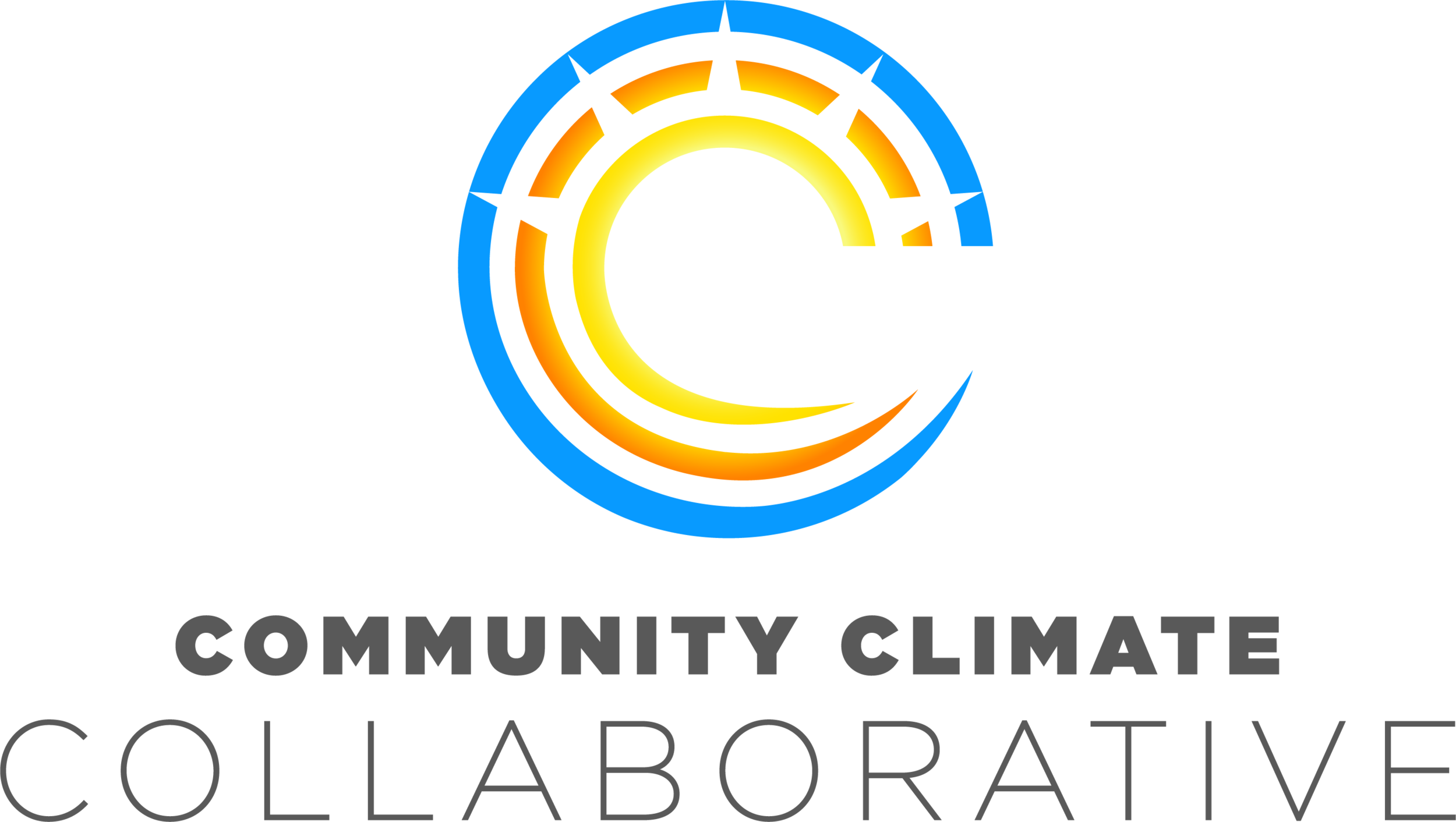C3 Takes the World Environment Day “Beat Plastic Pollution” Challenge
Could you go one day without using plastic?
The theme of this year’s World Environment Day was “Beat Plastic Pollution,” a call-to-action that encouraged people worldwide “to consider how we can make changes in our everyday lives to reduce the heavy burden of plastic pollution on our natural places, our wildlife – and our own health.”
In recognition of the day, the C3 team challenged themselves to go plastic-free for one day.
The theme itself is timely. From Starbucks to Alaska Airlines, a growing number of cities and businesses across the U.S. are committing to a phase-out of single-use plastic straws. That includes Charlottesville, where local citizens have organized an effort to eliminate the use of plastic straws in the city in favor of non-plastic solutions. If you’re interested in doing your part as a consumer, consider straw alternatives like paper, glass, bamboo, metal, steel, and silicone straws – or no straw at all!
As a whole, by opting to consume less plastic and choose plastic-free alternatives, we demonstrate a commitment to cutting back on landfill waste and overall plastic pollution, protecting marine life, and reducing our carbon footprint, which means a healthier environment in which we can all live.
In practice, the C3 team learned that jettisoning plastic for just one day was harder than expected.
“Plastic is so salient that we don't recognize its constant presence until a challenge like this one forces it to the front of our mind,” says Michael Bateman, C3 Program Development Assistant. “When you're looking for it, you notice that everything is made of plastic. Turning off my alarm in the morning, I noticed my phone, and its case, were plastic. Brushing my teeth, the toothpaste tube and brush were plastic. My bike's shifters and water bottle holders are made of plastic – even my reusable water bottle is a hard plastic,” he says. For his part in the office-wide challenge, Bateman focused on not purchasing or adding any new plastic to his daily routine.
The challenge also brought the ubiquity of plastic into focus for Lena Lewis, C3 Program Manager, especially when it came to meal prep.
“As soon as I started preparing food, I was touching disposable plastic. This was the biggest lesson for me: the modern method of packaging food centers on plastic. I pack our lunches in reusable plastic containers and reusable lunch bags, and I bring reusable cloth bags to the grocery store,” she says. “But the food itself is packaged in plastic, much of which cannot be recycled. I would have to think carefully about how to purchase food without purchasing single-use plastic along with it.”
Grey McLean, C3 Founder, was struck by the pervasiveness of everyday plastic as well – and his morning routine certainly wasn’t exempt, as he learned. “Plastic is all around me. Starting with my toothbrush, then the coffee pot. It went downhill from there,” he says. Throughout the day, he continued to notice how much plastic has become integral and all-encompassing. “All of my multi-use, permanent water bottles are plastic, so while I am trying to avoid creating waste, I am still using plastic.”
As a “symbolic victory,” McLean says he avoided single-use plastic the day of the office challenge.
Stephanie Watson, C3 Policy and Program Intern, says the most difficult part of the challenge for her was not using the kinds of plastic that had already become part of her daily routine, like shampoo bottles and toothbrushes, which made her consider ways to reuse existing plastic.
“How can we reuse shampoo bottles and other plastic bottles when the product is generally only sold that way? Even if we make our own products, buying the materials to make shampoo, [for example,] will require purchasing of materials in plastic,” Watson says. “Is there a way to just go into a store with a dispenser and fill up our bottles with the desired product? I know these are becoming more common for pastas, beans, and other food products, but why not other supplies outside of food?”
Watson says, overall, the challenge inspired valuable conversation amongst her friends. “I think the biggest success for me was actually the influence I hopefully had on others by the challenge creating conversation and interesting discussions on ways to reduce plastic in our everyday lives,” she says.
“Last year, I challenged fellow students and friends to carry around a reusable utensil, rather than using plastic ones. A few of those individuals have kept to that challenge a year later to this day, and hopefully next year my conversations surrounding the World Environment Day plastics challenge will continue to challenge other individuals,” Watson adds.
Teri Kent, C3 Director of Programs and Communication, says it wasn’t difficult to avoid adding new plastic into her day-to-day, but it was problematic, as everyone experienced, to avoid plastic that had already been become part of her life. Similarly, the challenge sparked constructive debate. On the day of the challenge, Teri says her son, Ian, chose to visit his favorite restaurant and order a smoothie with a top that required a straw. “The good thing about that was that it prompted a lively discussion about straw alternatives, which kind we should try, and so on.”
Without the office challenge, Kent adds, she wouldn’t have been able to have had such a productive conversation with her son about plastic use.
“Ultimately, we are all involved in the huge plastic with a capital ‘P’ problem, which will require not just consumers behaving differently, but systemic and large-scale change from the outset, down to the design of our products, the materials we use, and so on.”
From left: Michael Bateman, Lena Lewis, Teri Kent, Stephanie Watson (not shown: Grey McLean).


